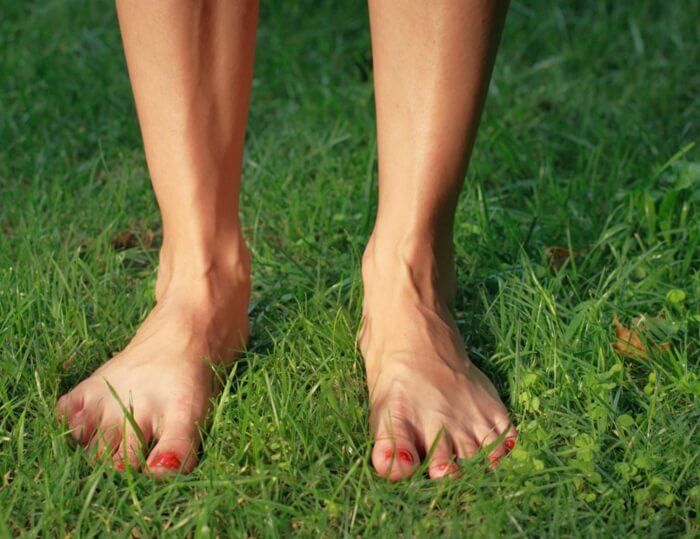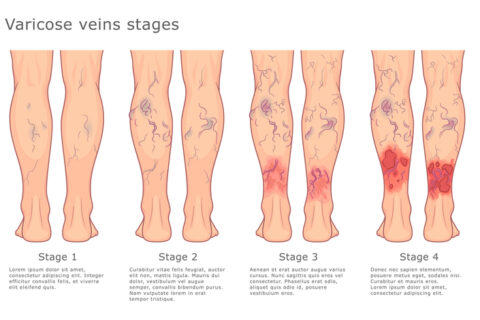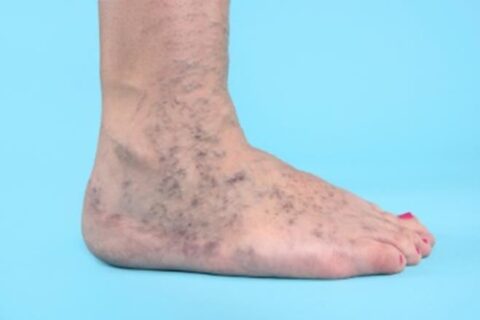5 Tips to Help Prevent Varicose Veins
Varicose veins can be annoying, painful, and unsightly. They are caused by increased pressure in the blood vessels, which causes the veins to respond by developing thicker walls. This, in turn, causes veins to be more obvious under the skin. These over-developed veins can be itchy, painful, and even bleed or cause chronic inflammation.
Varicose veins affect millions of people worldwide and happen to many of us as we age. They are most common on the legs, but can affect any part of the body including the face. Women get them more often than men, mostly as a result of pregnancy, but they can happen to anyone. There are ways to treat varicose veins, but you can also take measures to prevent them from occurring in the first place. Here are a few tips for reducing your chances of getting varicose veins.
Elevate Your Legs
If you can put your legs up a few times throughout the day, you can relieve the constant pressure that they experience thanks to the effects of gravity on blood. You may think that sitting is enough to reduce the pressure in your legs, but it isn’t. Because your legs are bent when you are sitting, blood flow is restricted and pressure goes up. Keep your legs straight and try to elevate them to the same level as your heart (or higher) for the best effect.

Exercise
The heart pumps blood through your arteries, but the pressure it creates drops off once blood reaches your veins. To compensate for this lack of pressure, most veins are squeezed by muscles as they contract. This pushes the blood back toward the heart in motion similar to how you get toothpaste from a tube. If you want to reduce the amount of blood pooling in your veins, get some exercise. Even just a walk around the block can be enough (https://www.legsmart.com/blogs/resources/7065696-tips-for-preventing-varicose-veins).
Wear Elastic Stockings
You want to avoid any clothing that constricts your waist, groin, or legs because this can make it harder for blood to flow. Wear clothing that moves easily with your body and is not too tight. Compression clothing is fine if you are exercising, but not for everyday wear. Compression stockings that only cover your calves can help reduce the risk of varicose veins by squeezing the blood back toward the heart. (http://www.womenshealth.gov/publications/our-publications/fact-sheet/varicose-spider-veins.html#K).
Reduce Weight
Weight is a major factor in the development of varicose veins. Excess weight puts pressure on your legs and constricts the flow of blood in your groin and lower body. It also makes it harder to exercise, which is another great way to prevent varicose veins.
Eat a High-Fiber, Low-Salt Diet
By making sure your body is not retaining water, you can reduce the pressure on your vascular system. The best way to regulate water retention is through diet. A diet that is high in fiber and low in salt can help keep you properly hydrated. As an added bonus, it will reduce your risk of heart disease, kidney disease, and diabetes as well.
Treatment of Varicose Veins
Sometimes we get varicose veins despite our best efforts. Fortunately, there are several ways to treat varicose veins. Simple procedures like sclerotherapy, vascular stripping, and laser surgery can reduce both the appearance of varicose veins and the pain that they cause. Do everything you can to prevent varicose veins from happening in the first place, but don’t despair if they do happen because treatment is available.


